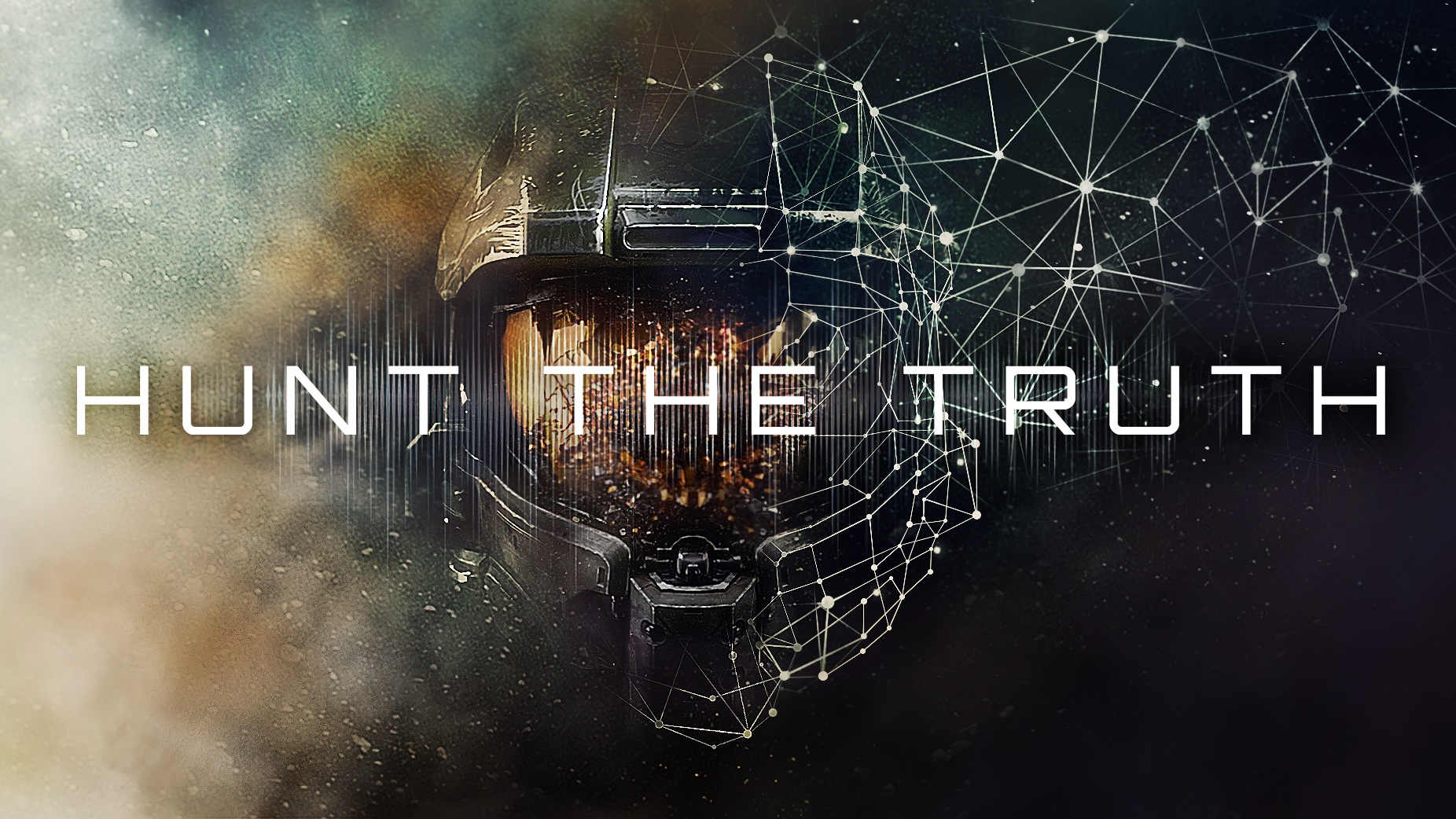
It’s strange days in Microsoft’s Halo universe. Uncomfortable mysteries abound as Halo 5: Guardians nears. The series’ hulking Master Chief—savior of 26th century humanity—is inexplicably AWOL. Super-soldiers hunt super-soldiers. Ghastly revelations threaten cherished mythologies. Unrest looms.
This spring, in a series of podcasts dubbed Hunt the Truth, the mythology of the Halo universe was thrown into tumult. Loosely modeled after radio dramas like This American Life, the program explored, and called into question, the franchise’s de facto narrative of a noble government forging genetically augmented superhumans to save the world from theocratic aliens. (The program also recalls 2004’s Halo 2-related I Love Bees campaign.) Listeners loved it: Hunt the Truth, which just won a Clio, wound up drawing an audience of over 6.7 million, putting it in the top 1% of all iTunes podcasts.
At the outset, fictional war journalist Benjamin Giraud begins work on a rhapsodic profile of Master Chief, only to discover cracks in his sources that only widen. By the end of season one, Ben has flipped, his military hagiography become a salvo aimed at the heart of Halo‘s Office of Naval Intelligence, the shady black ops and propaganda group that commissioned him to write the puff piece in the first place.
It’s a tale that feels parsecs from the gung-ho, boo-rah tone of the shooter that debuted on Microsoft’s original Xbox over a decade ago. And yet the story ended ambiguously, leaving fans to speculate about the impact of Ben’s actions. Where was he now? What of his revelations? What would insurrectionist leader FERO, who’d helped Ben from the shadows, do next? Who was FERO, anyway? And how did any of this tie into Halo 5, which arrives on October 27?
(Seriously, it’s captivating stuff Halo aficionados should not miss.)
Answers to the questions above are coming in Hunt the Truth‘s second season, which debuts September 22 on the series’ official Tumblr page. Halo franchise development director Frank O’Connor, Hunt the Truth creative director Noah Eichen and season two lead Janina Gavankar (True Blood, Far Cry 4, The Mysteries of Laura) shared exclusive details about Hunt the Truth season two with TIME, and it starts with the following audio clip:
That would be FERO, played by Gavankar, the inscrutable rebel leader who saved Ben’s bacon last time around. By the way, not Ben’s war journalist compadre Petra (voiced by Cobie Smulders), as season one’s finale maybe had you, like me, thinking. At this point, glancing at season two’s mostly new cast list (which includes series newcomers Tamara Taylor, Mark Hamill, Vanessa Marshall, Alan Tudyk, Rosa Salazar, Bruce Thomas, Peter Serafinowicz and William Salyers), Petra is missing in action. There’s a perfectly good reason for this, Eichen tells me: He didn’t want another season of “journalist tells a story.”
Meet America's First Video Game Varsity Athletes
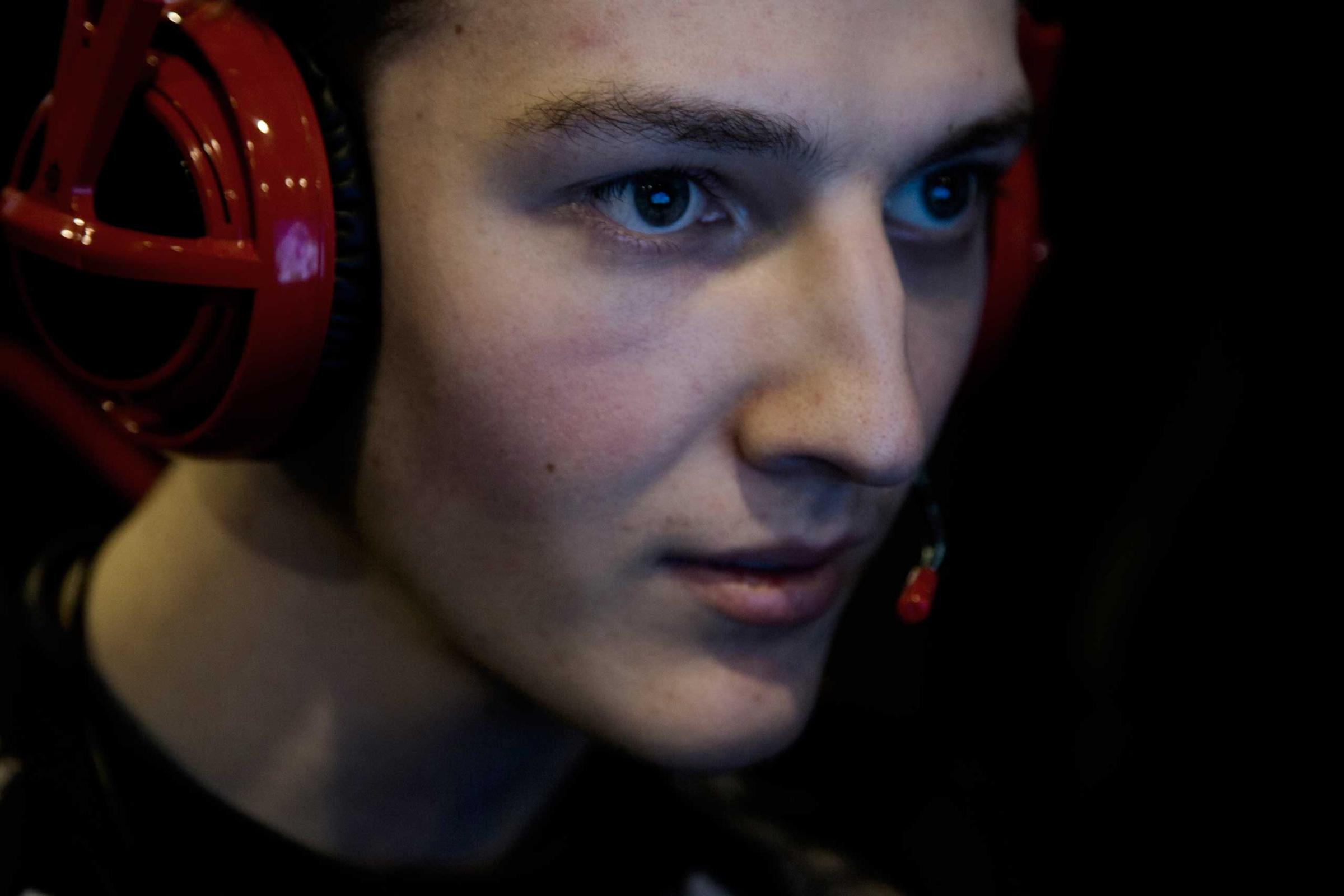
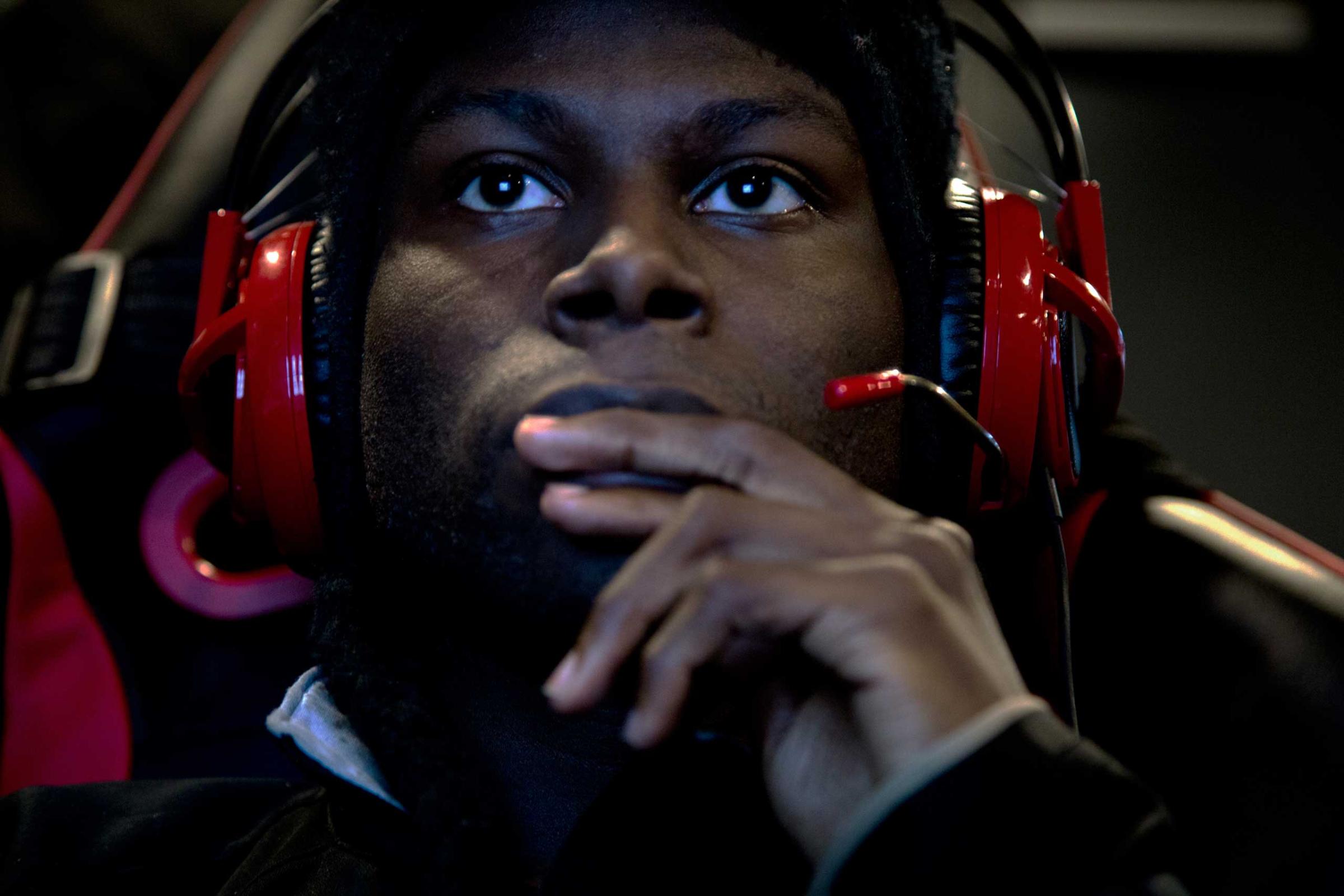
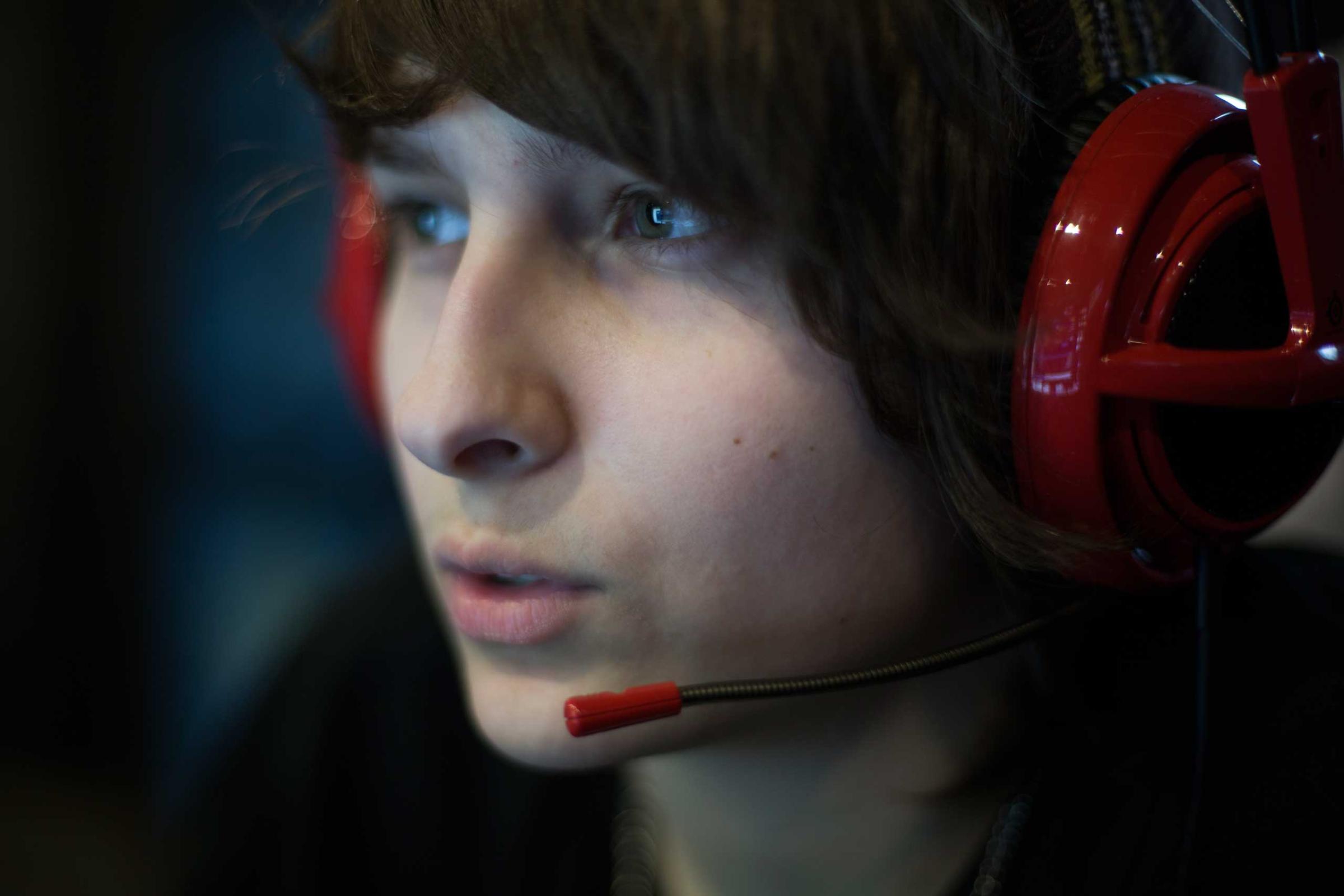
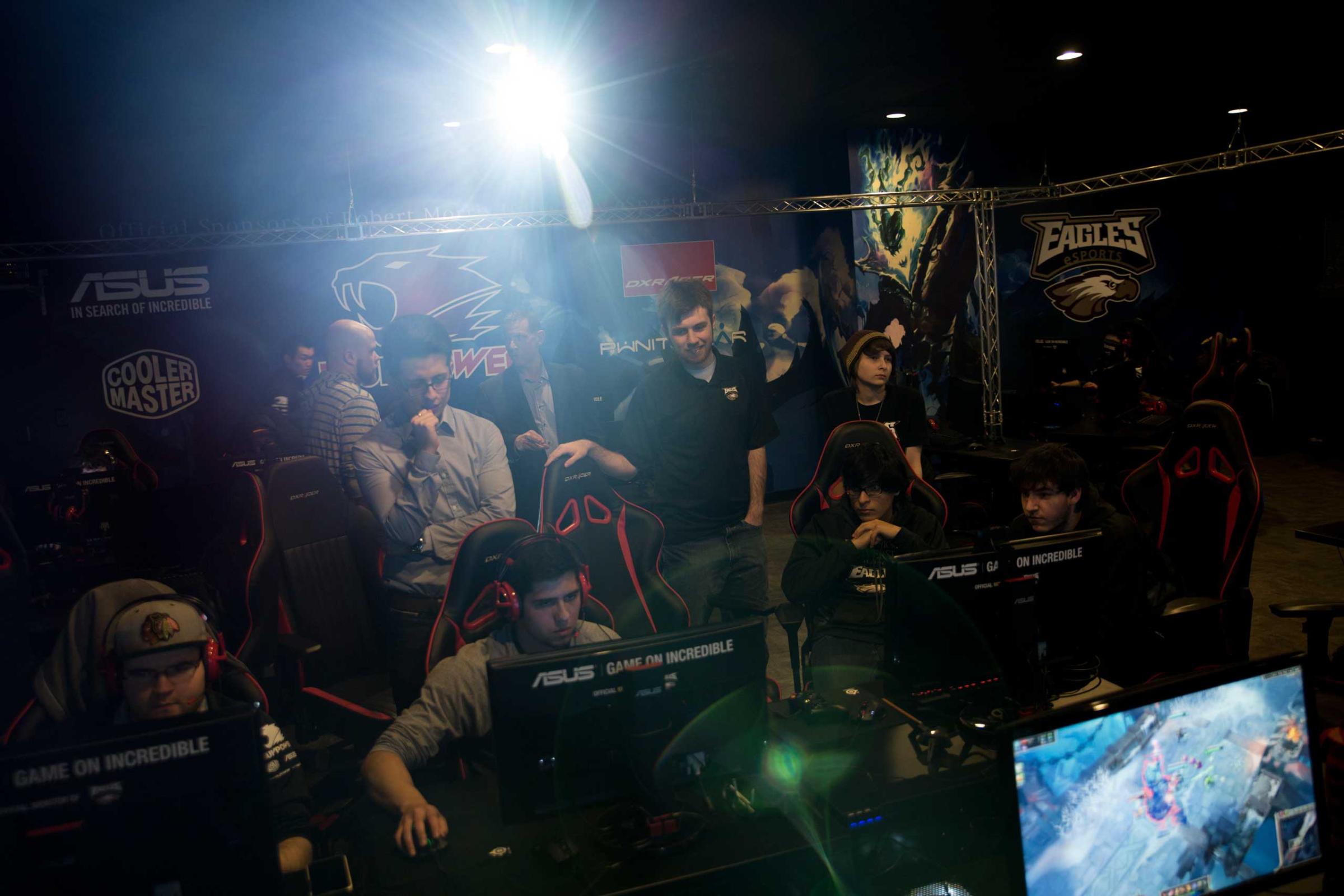

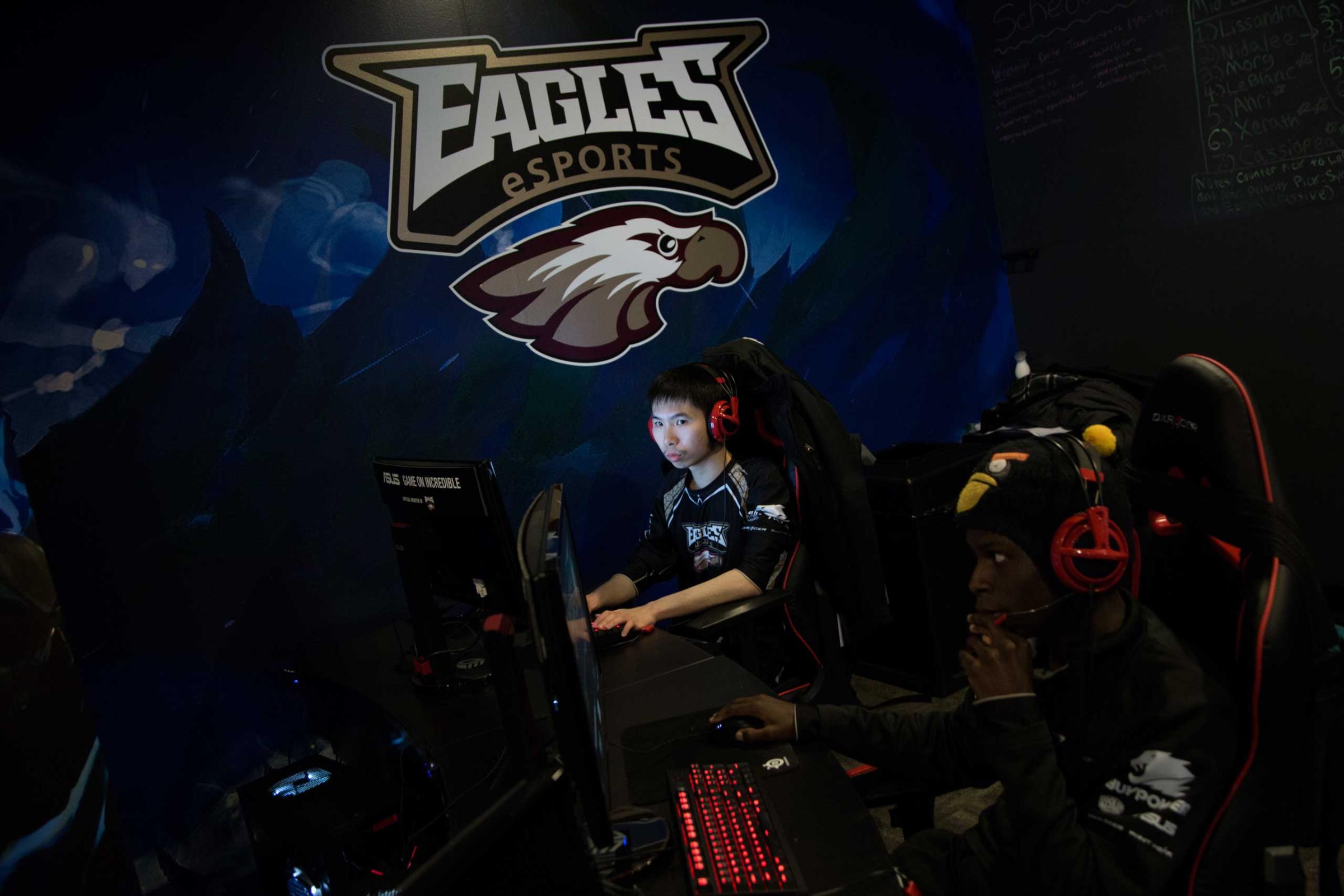
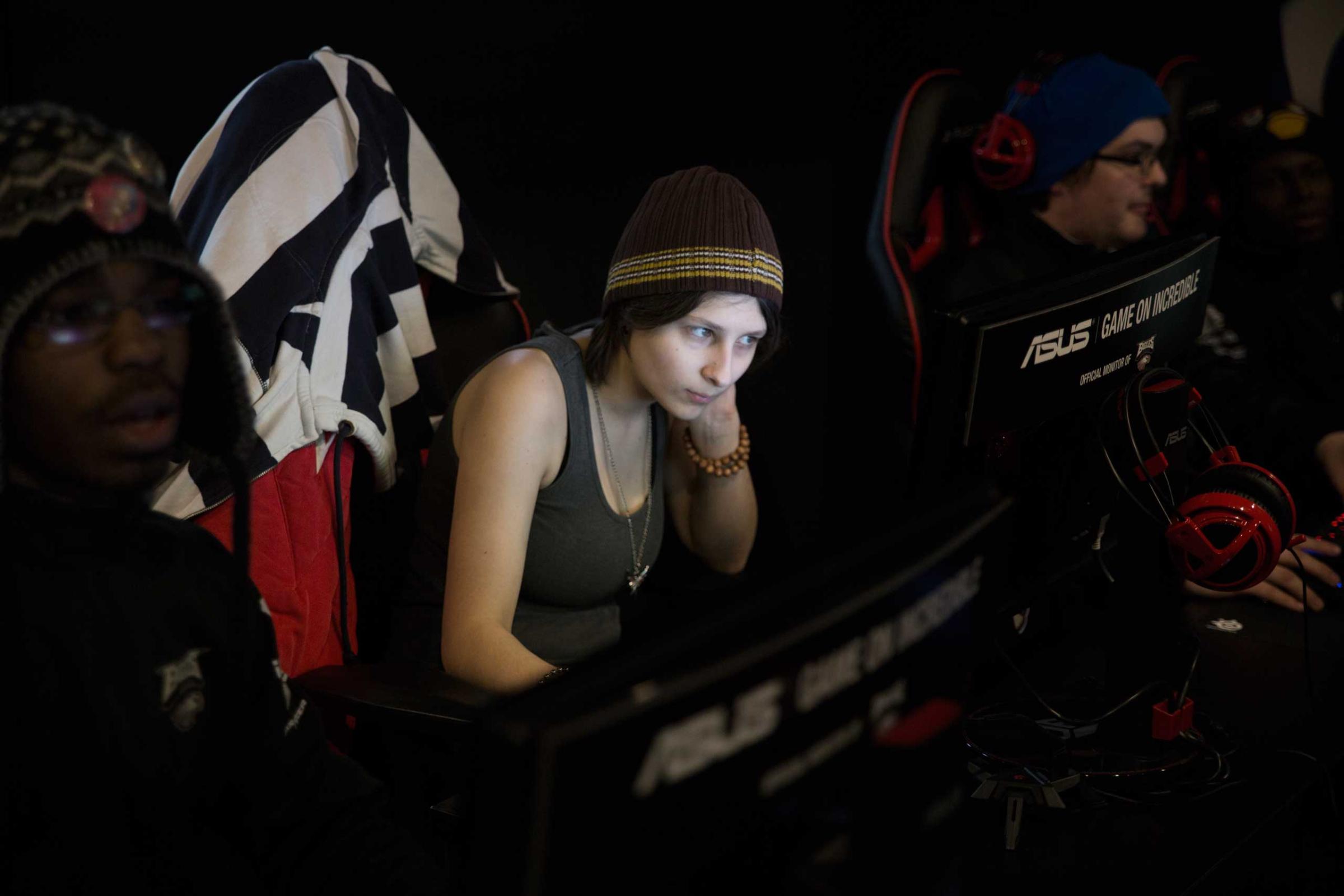
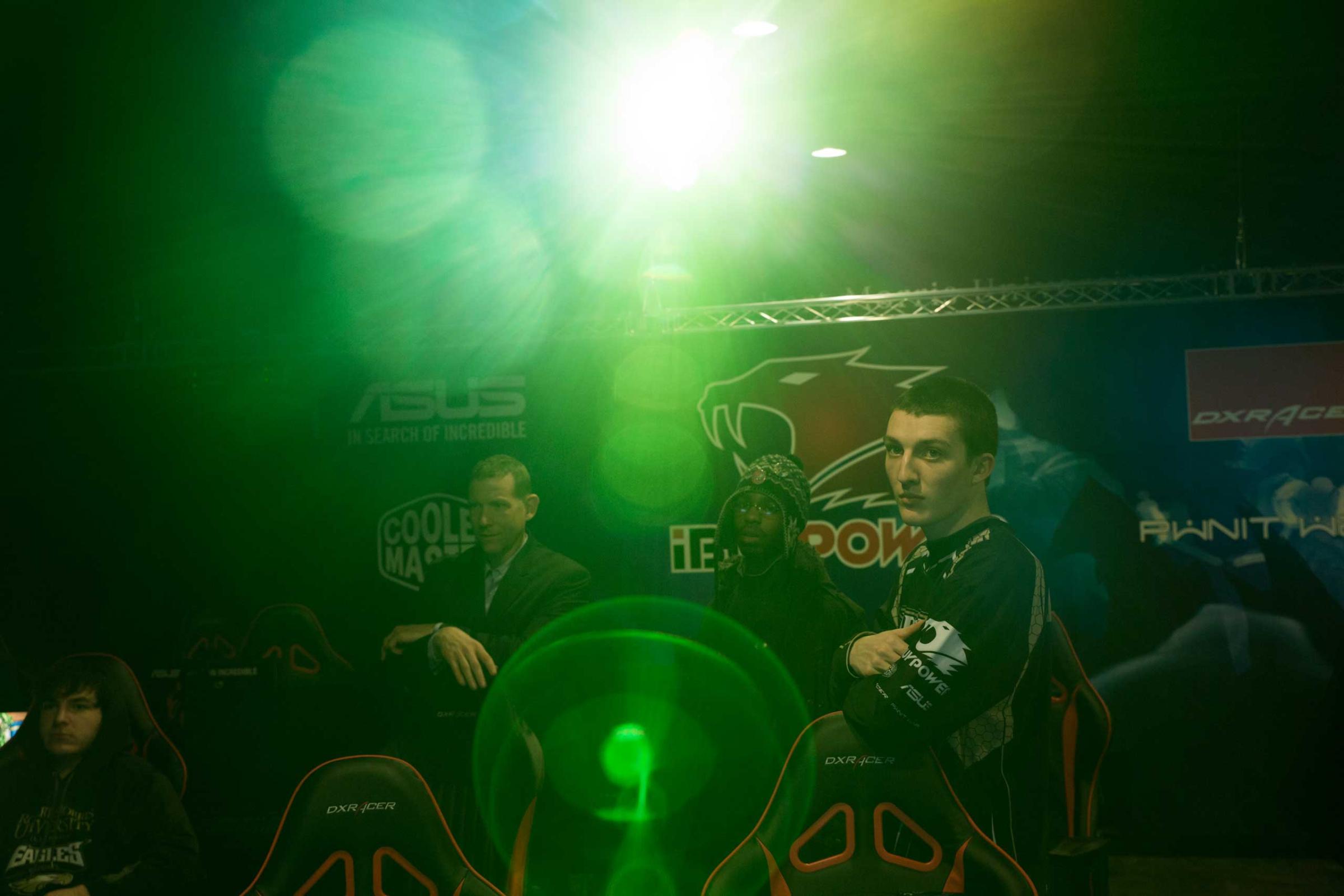
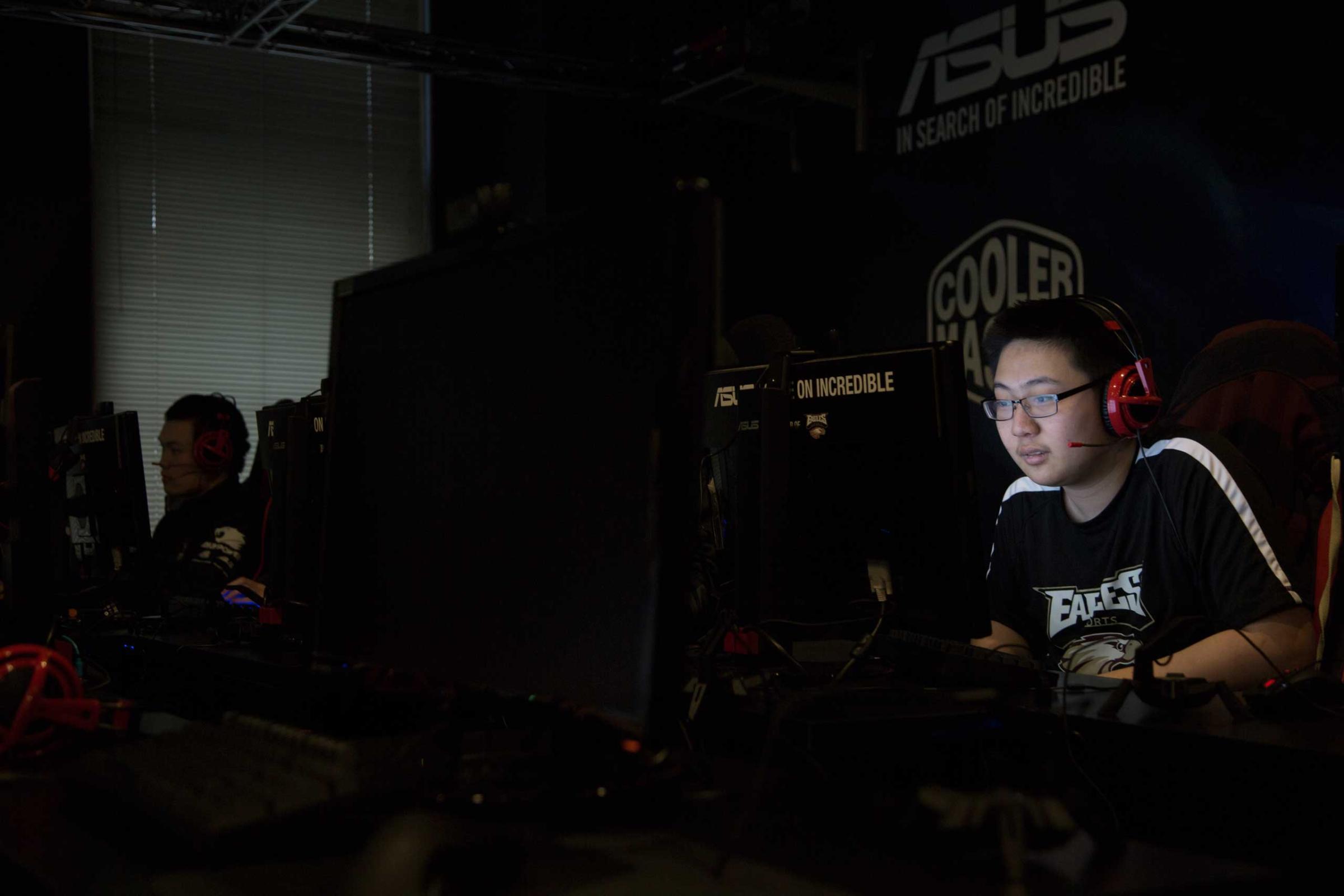

“Ben’s story covered a lot,” he says. “And where we landed with season two tells a story that’s very different from season one and allows us to get a little bit closer to the action than I think we would have been able to be in canon otherwise.” Imagine Ira Glass as an insurrectionist bigwig in an interstellar yarn–or not–and you can see why Eichen needed to ditch the NPR pastiche.
It’s still a narrator telling a story, of course, but Eichen says the tone is completely different. “It’s not a person making a show, it’s not a host who’s making this for an audience,” he tells me. “I started thinking about it like True Detective season one, where it’s a person recalling events. And it’s a little more like a horror film to me, there’s some really horrific stuff going on as we get closer to Halo 5.”
Season two, which will be shorter than season one but with longer episodes, picks up shortly after the events of season one, and deals with the implications of Ben’s tectonic revelations, this time with FERO in the driver’s seat. Whatever happened to sever communications with the Halo-verse’s outer colonies during season one–clearly portending what we’ll be grappling with in Halo 5–season two is about the trials and tribulations FERO undergoes to expose what she knows to the rest of the world.
Speculation about who FERO might be runs the gamut. Is she Ilsa Zane, a supersoldier-turned-insurrectionist who appeared in a Halo-related comic book? Perhaps Dr. Catherine Halsey, the very scientist who created Master Chief? Gavankar tells me we’ll find out soon enough. “She’s a fascinating enough character for the entire second season to be hers,” she says. “I can say she’s a complicated lady. She told you a little bit of who she is, and she’s been through a lot.”
Ben, voiced by Keegan-Michael Key, is coming back, too, but in what fashion (realtime? past tense?) remains a mystery. If the first season was his character just finding stuff out, basically victimized by information, O’Connor says season two is about “taking a step back.” FERO knows a lot more than Ben did, and “that helps us provide an interesting perspective on Benjamin.”
So can we trust FERO? “I don’t want to give anything away, because I like that you’re questioning everything,” Gavankar tells me. “After season one you couldn’t trust anybody. All I can say is FERO saved Ben, so if you’re going into this season trusting anyone, you should trust her.”
MORE: 12 Things We Learned About Halo 5‘s ‘Hunt the Truth’ Season 2
See The 15 Best Video Game Graphics of 2014

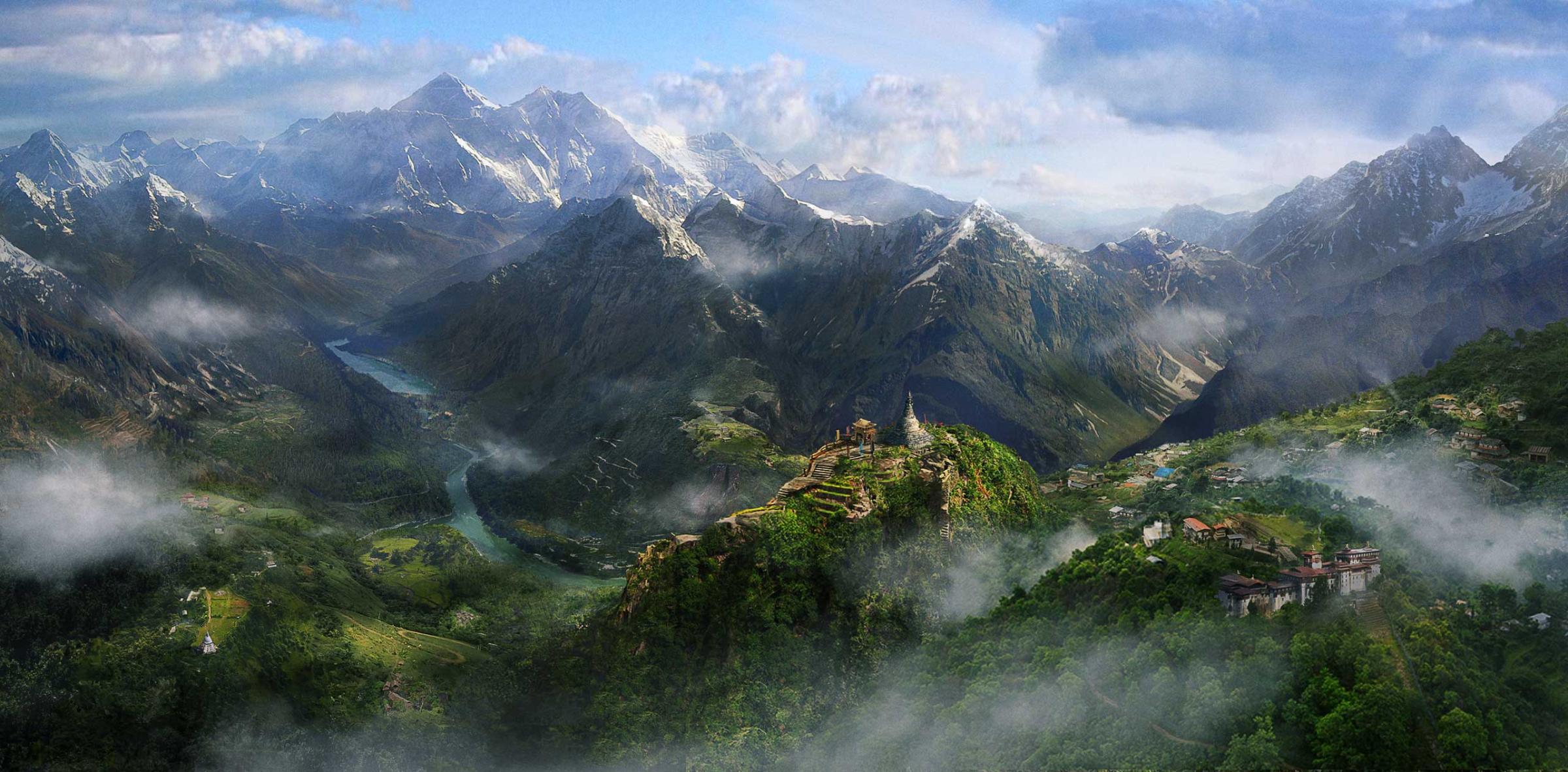
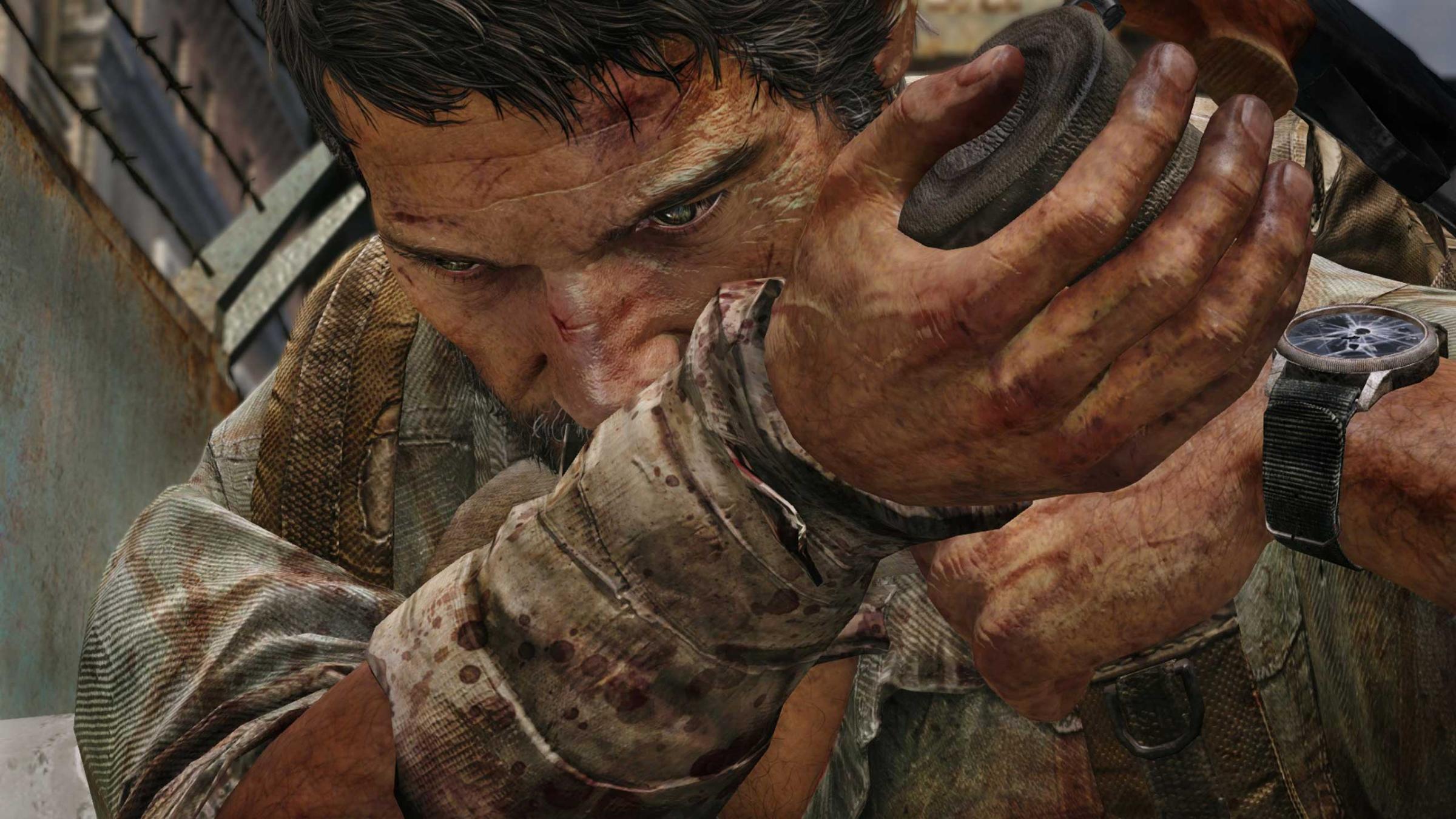

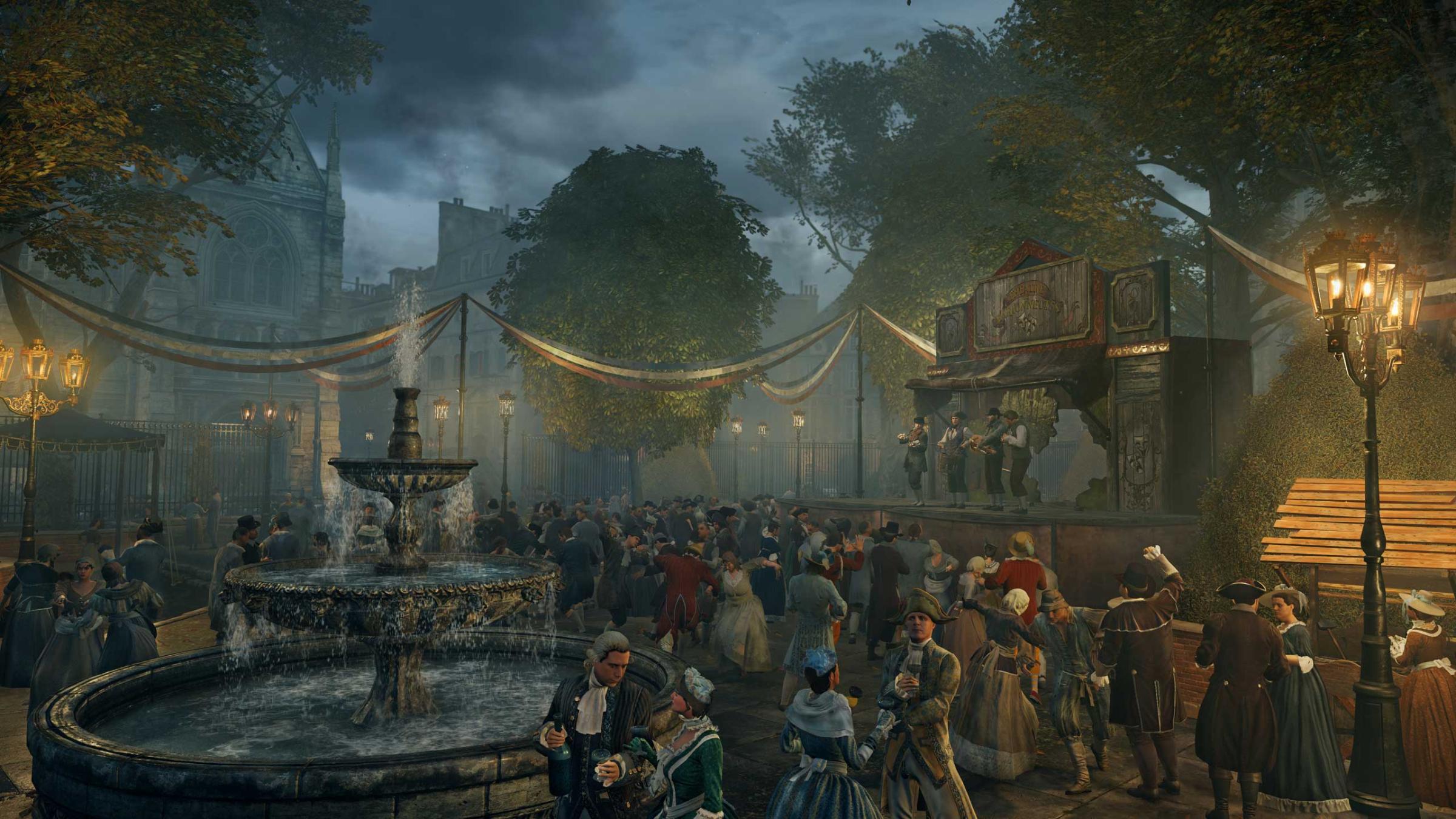
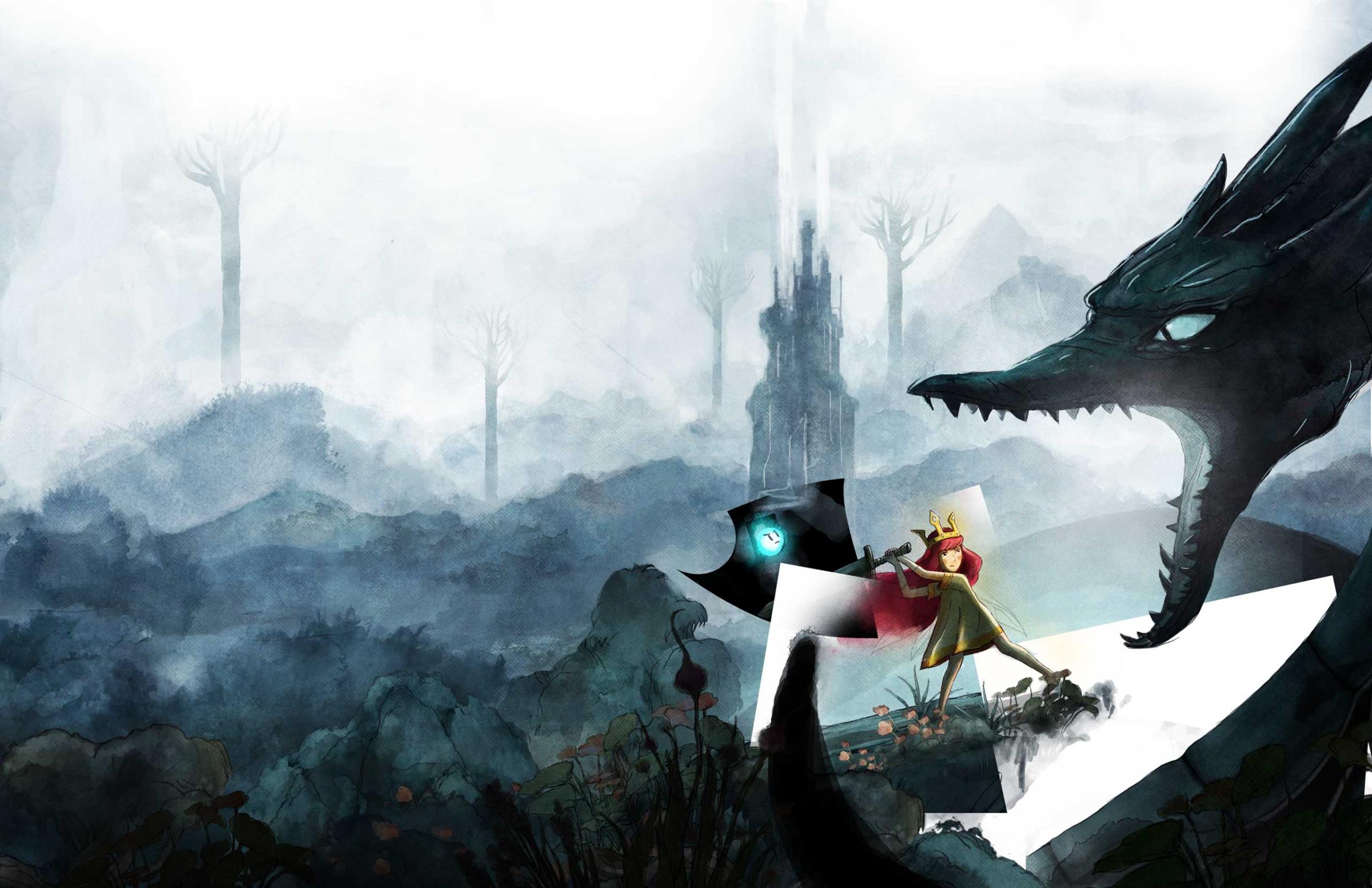
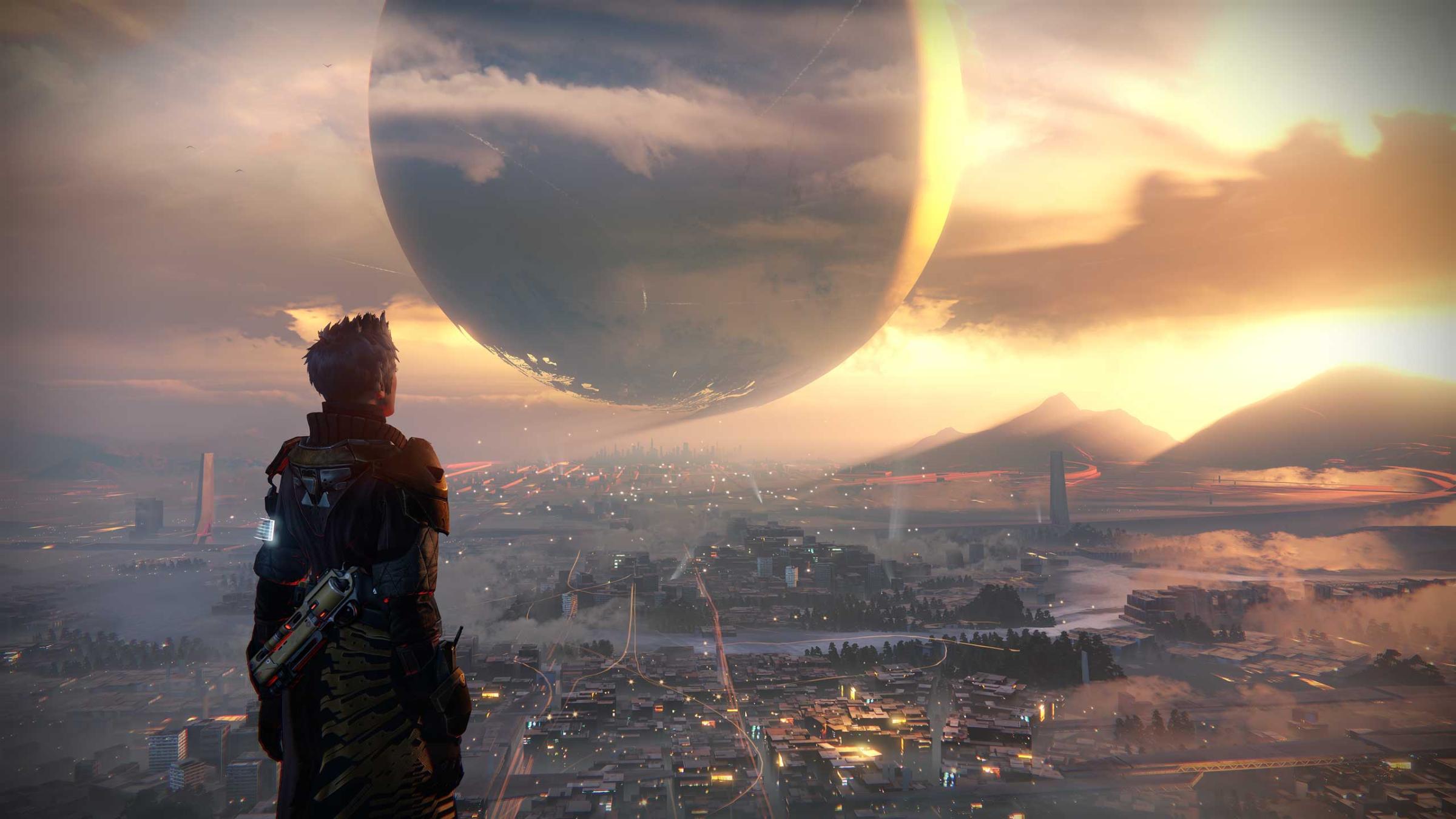
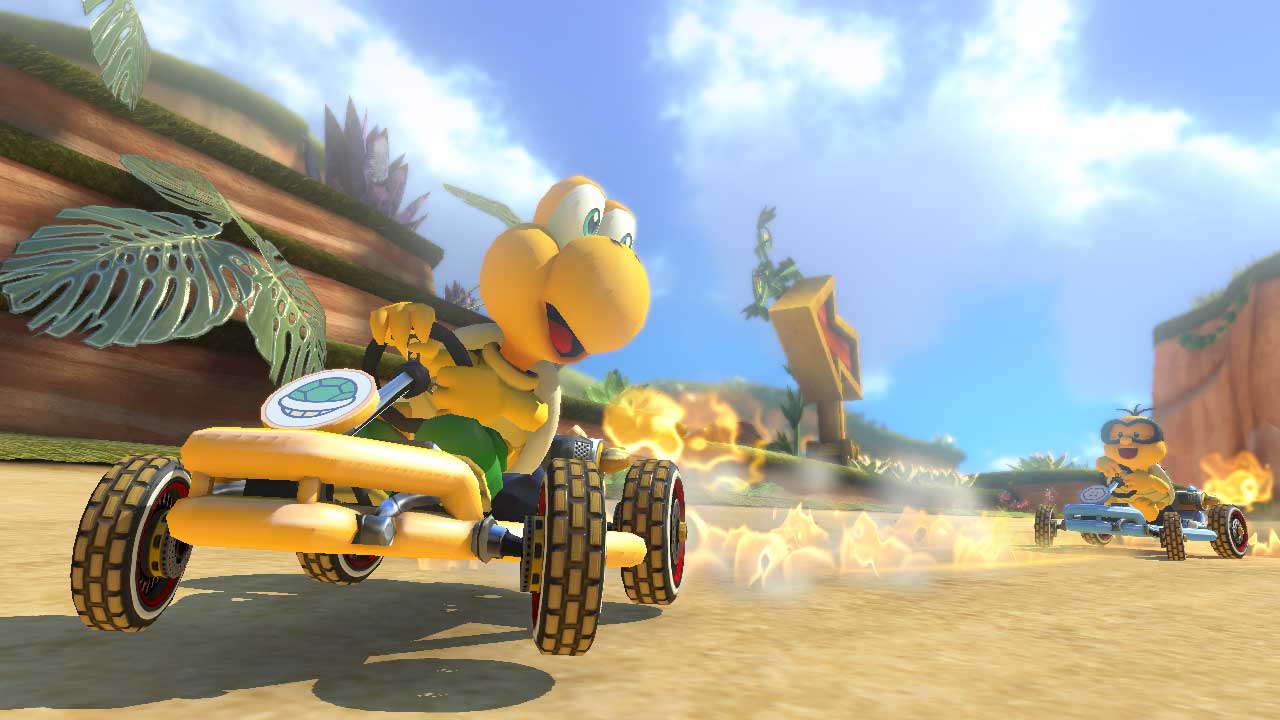
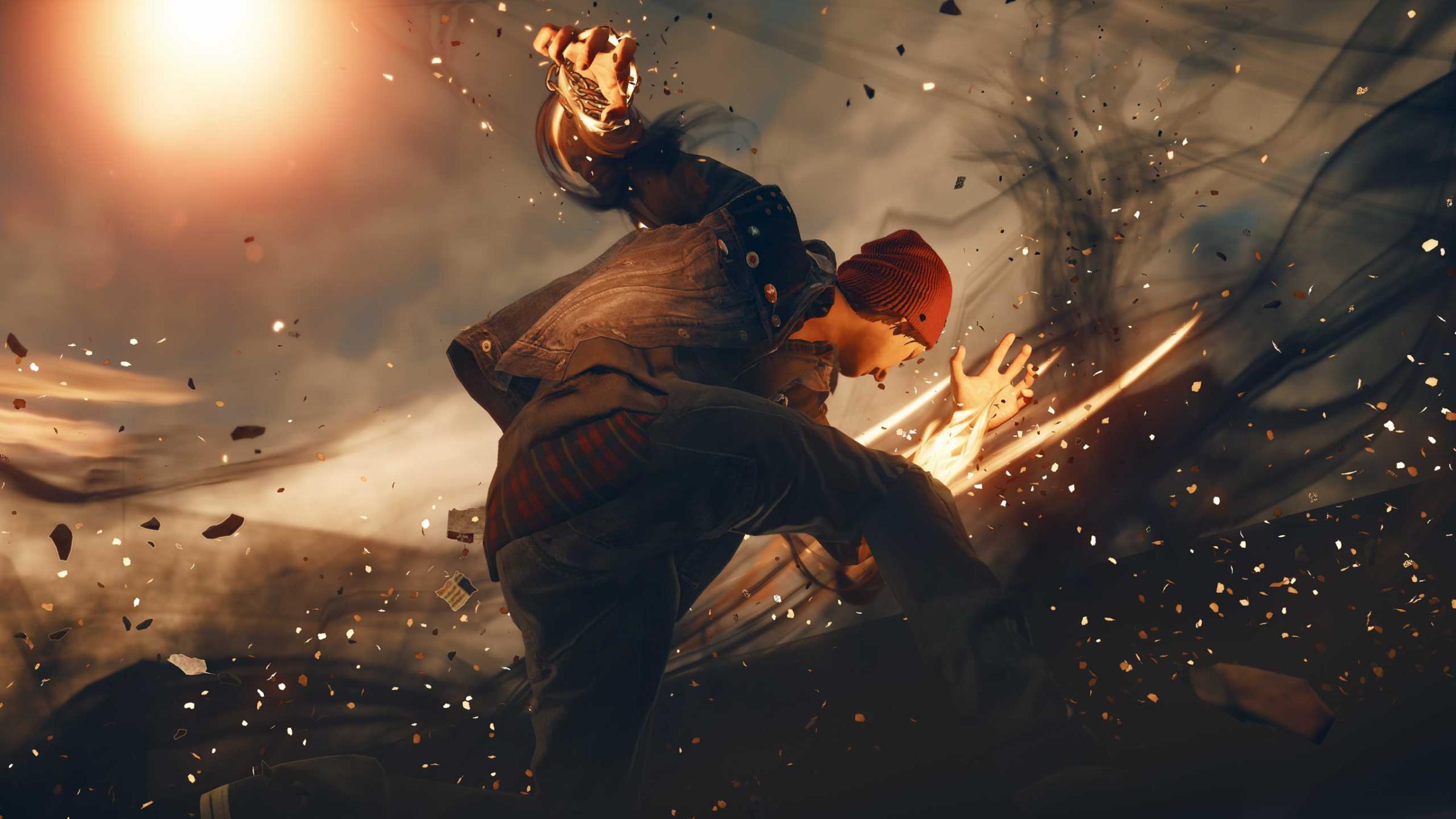
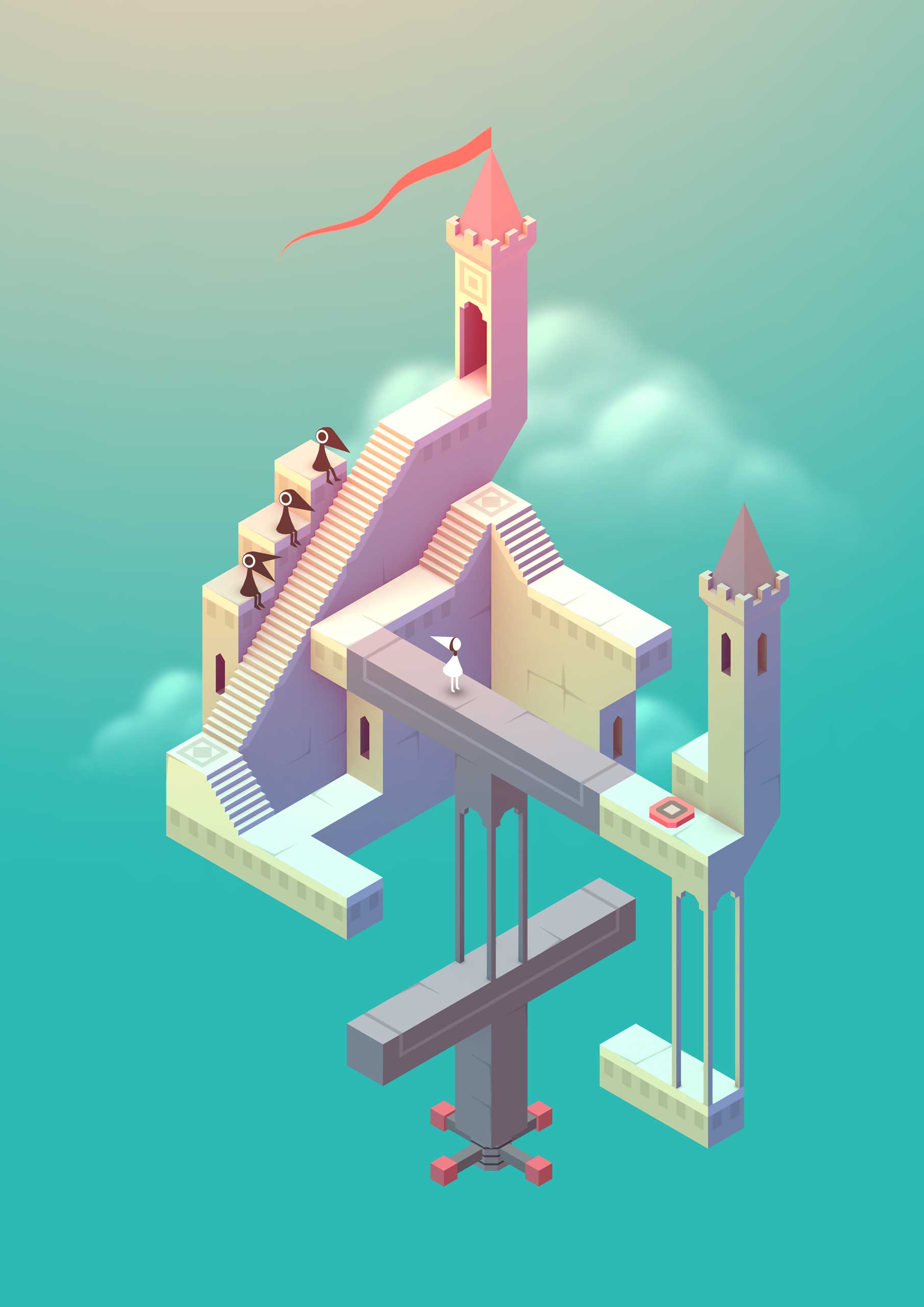
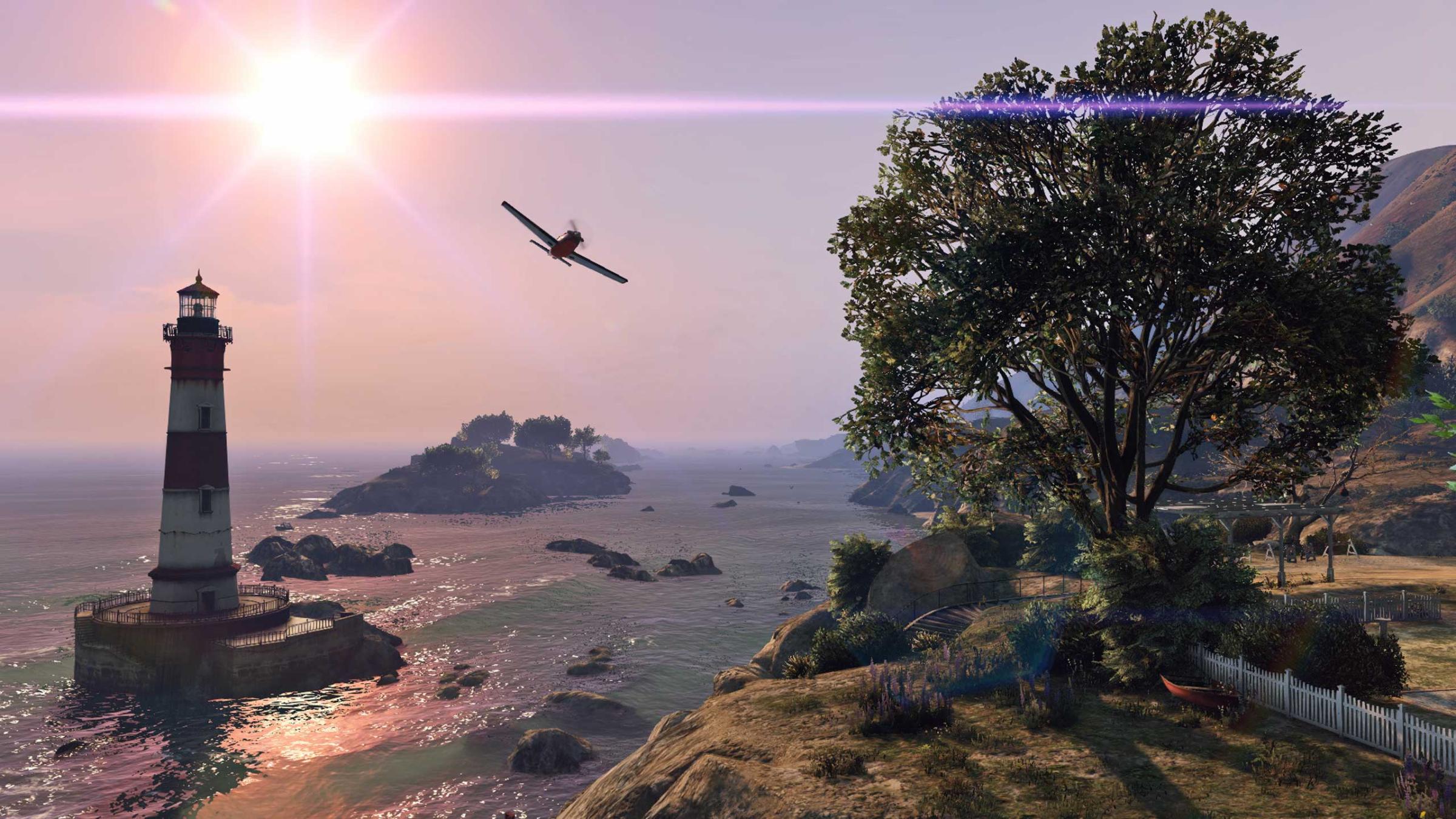
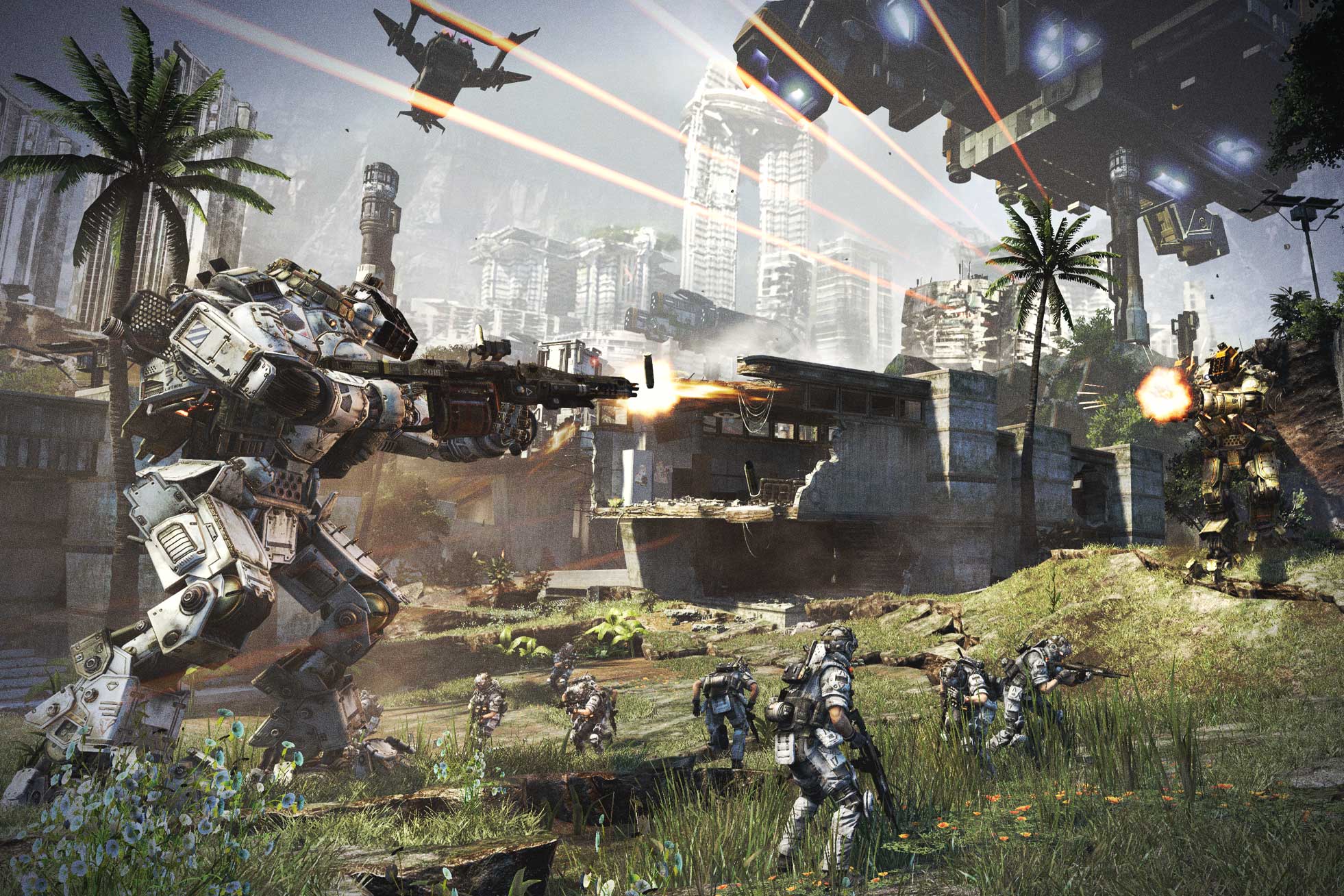

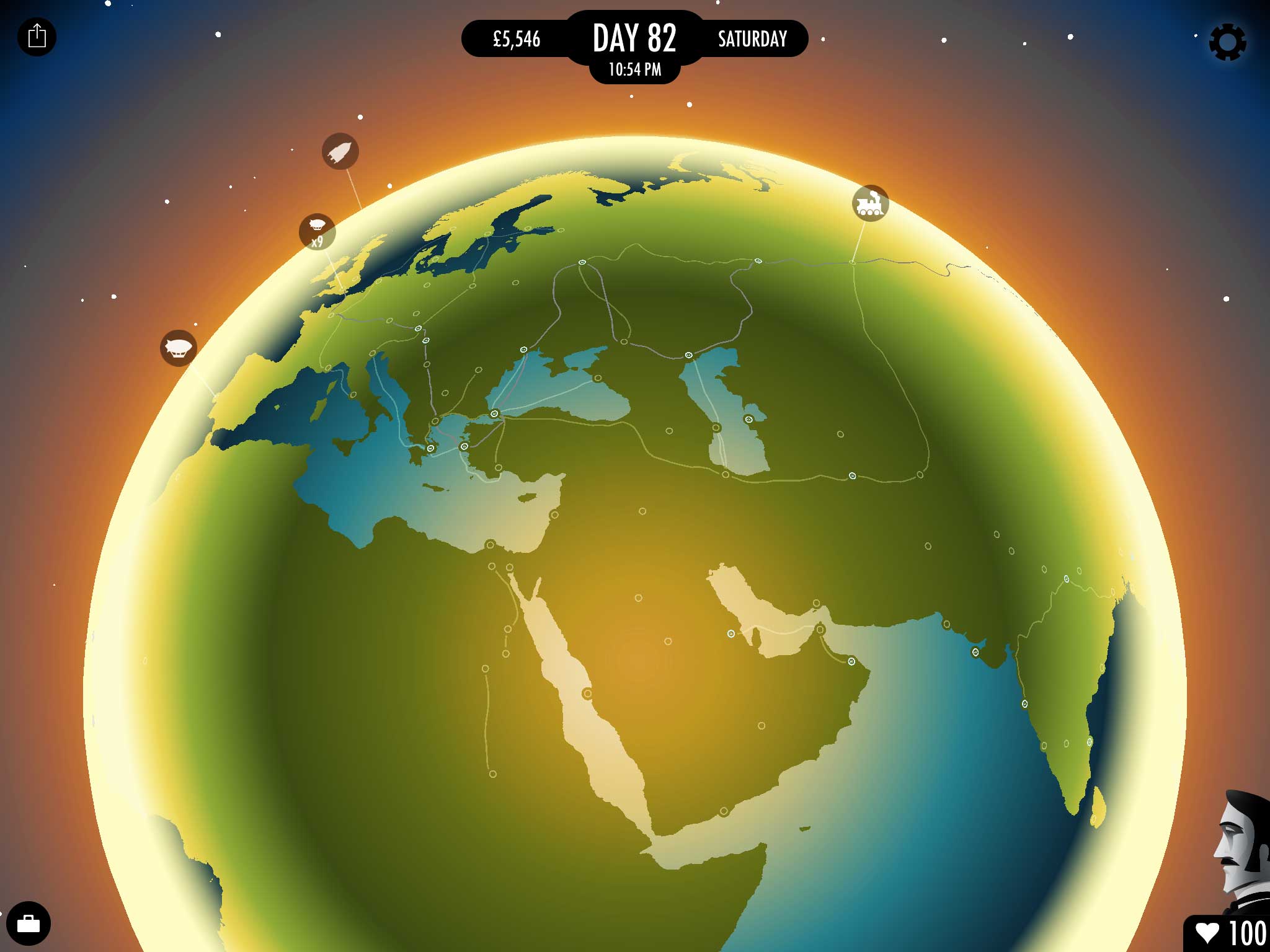
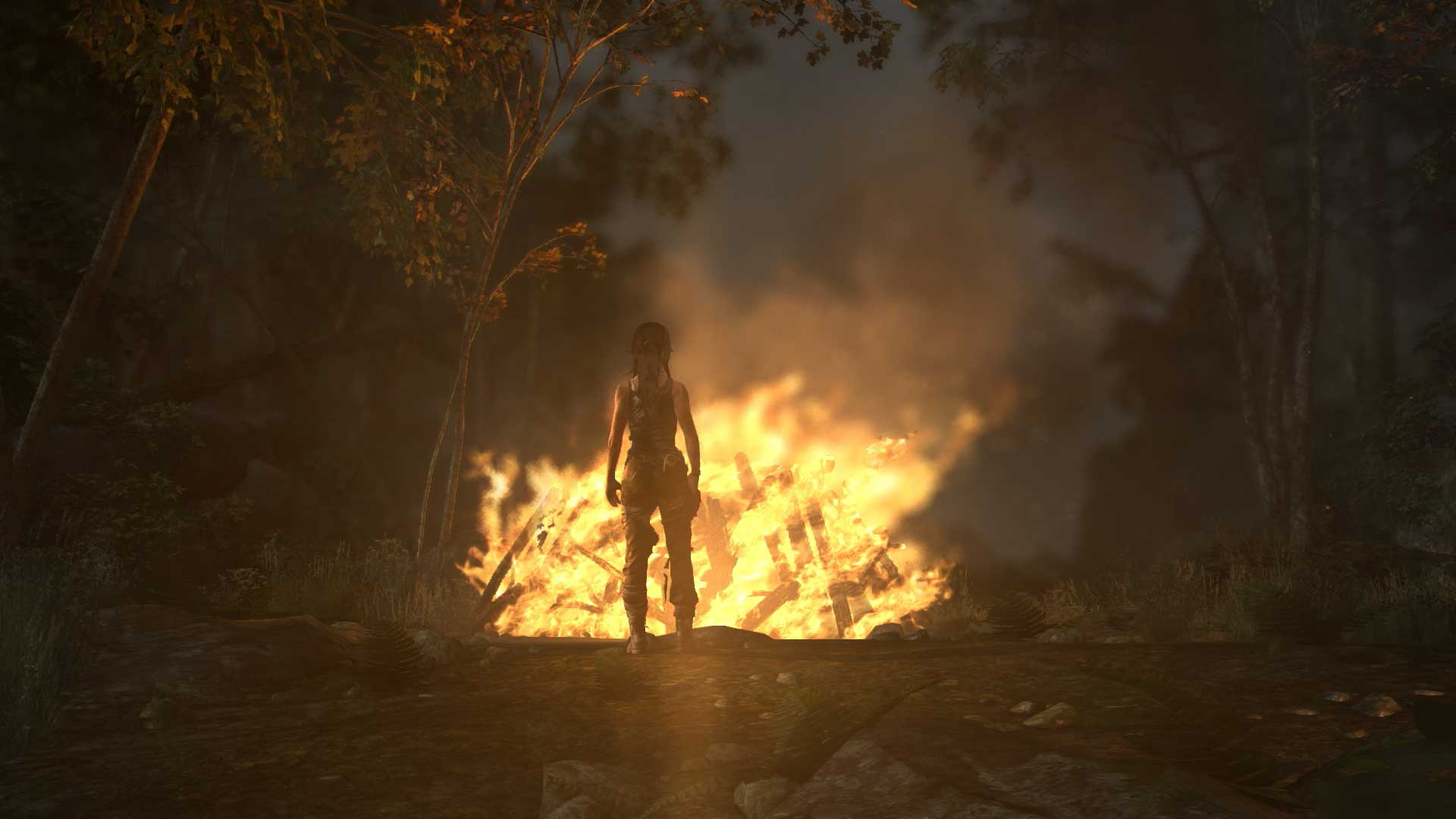
More Must-Reads from TIME
- Cybersecurity Experts Are Sounding the Alarm on DOGE
- Meet the 2025 Women of the Year
- The Harsh Truth About Disability Inclusion
- Why Do More Young Adults Have Cancer?
- Colman Domingo Leads With Radical Love
- How to Get Better at Doing Things Alone
- Michelle Zauner Stares Down the Darkness
Write to Matt Peckham at matt.peckham@time.com